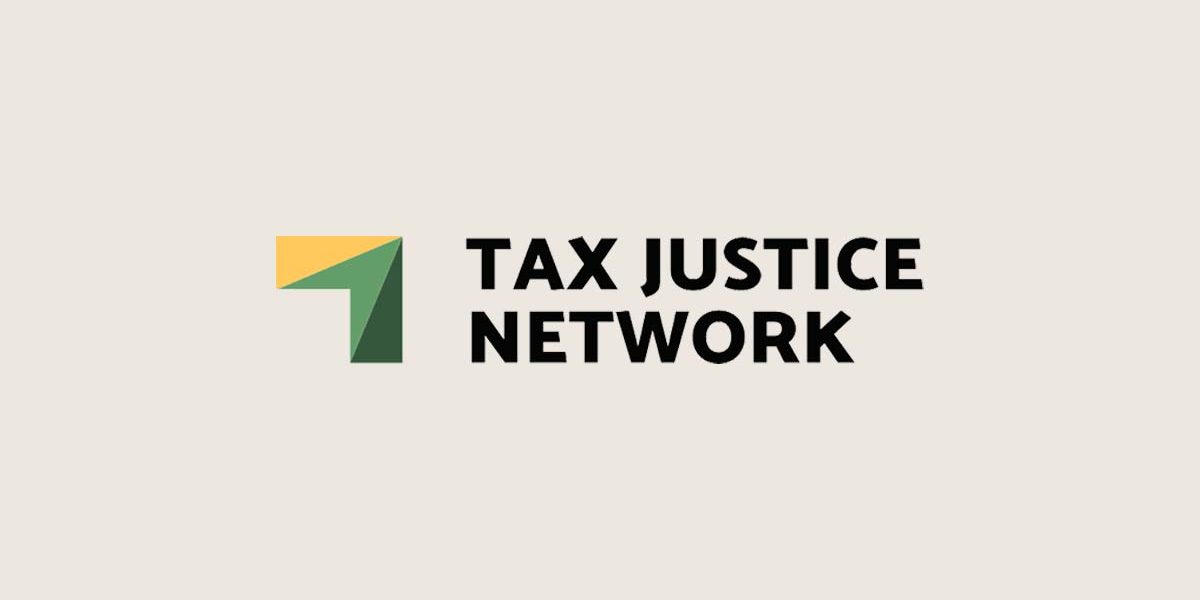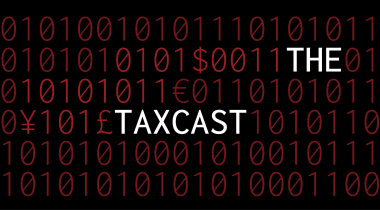
Nick Shaxson ■ Country by country reporting: lessons from Finland

A guest blog by Henri Telkki, Finnwatch. This concerns country-by-country reporting, a concept explained here.
The CbCR piloting of Finnish state-owned companies – lessons to learn
Finland acted as a front-runner in tax transparency by requiring those companies where the state holds more than a 50% equity share to publish essential tax information on a country by country basis for the first time in 2015.
Finnwatch has evaluated the reporting guidance issued by the Finnish Ministry of Finance as well as the 35 tax reports (or ‘tax footprint reports’ as they were called) published by the relevant state-owned companies (11 with international activities and foreign affiliates). Finnwatch checked whether the guidance and reports were adequately clear and detailed, so that an outsider reading the reports could gain a preliminary understanding on how responsible taxpayer the company is.
The findings were not encouraging:
1. The Ministry asked the companies to provide quantitative information on their revenue, profits before taxes, number of employees or other equivalent information showing the company’s payment of taxes, country by country.
Problem: Only very limited set of information was required. The language of the guidance also implied that the information explicitly mentioned may be optional (”or other equivalent”).
Consequence: Even though stipulated as a non-exhaustive list of information, the companies adopted only the explicitly mentioned information in the guidance and gave no other relevant information. Some companies reported even less.
(The Ministry tried to explain that certain flexibility here was needed to allow companies find their own ways to develop the reporting as they feel appropriate, but this was a clear failure.)
2. According to the Ministry’s guidance, the companies needed also to report all direct and indirect tax payments and public subsidies received, country by country, covering all types of taxes (i.e. CIT, VAT, etc.) but only to the extent that the company itself considers this essential. If the company chose not to report some information, it had to explain this (i.e. comply or explain). Also, the share of transfer of ownership of intra-group corporations was to be published.
Problem: No ‘materiality’ criterion was given, and businesses were given free rein to limit their reports by simply referring to trade secrets, confidentiality or even the amount of revenue in a particular country.
The guidance required information of all types of taxes (‘tax footprint’) but did not stress enough that the direct taxes paid by the company itself (CIT) should be reported without exception and independently from other taxes.
Consequence: Some companies gave only information on their ‘most important countries of operation’ based on their high share of revenue in those countries (though without defining transparent euro thresholds, except for one company). So CbCRs did not include information on tax havens where, for example, the company’s amount of employees and revenue is low/zero. Some companies went even further and reported information only in Finland and gave information on the other countries as consolidated figures — which clearly does not qualify as a CbCR.
Some companies limited their CIT reporting by arguing that the amount/share of CIT, relative to the other types of taxes paid/collected by the company (mainly VAT) is only minor.
Many companies refused to publish information on state subsidies as the international definition on them is not clear. The guidance did not define a public subsidy.
3. The guidance required companies to publish all direct and indirect taxes as well as public subsidies in countries that the OECD had defined as tax havens.
Problem: No list of tax havens was provided, and it remained unclear what countries exactly the guidance referred to: whether it was the OECD Global Forum’s list, or the OECD list of uncooperative tax havens — or was it simply left to companies to define the tax havens based on the criteria that OECD determined already in the late 1990s
Consequence: None of the companies with affiliates in tax havens reported the required information. One company stated that the OECD list on uncooperative tax havens is empty, hence no duty to report (!).
4. The guidance also asked the companies to report the following information on voluntary basis: investments/procurements, on a country by country basis; effective tax rates of the corporate group with explanatory calculations; taxes in default and deferred taxes, and reference data from earlier years/accounting periods. This was also voluntary but it recommended that the CbCR would be verified by an independent third party.
Problem: This was only voluntary.
Consequence: Only one company made calculations on its effective tax rate. The CbCR reports were not certified as such. More guidance needs to be developed on how to verify reports and what exactly the auditor needs to check.
The good news here is that all the companies published now more tax information than ever before. At least there is now evidence on what should be done differently. Some of the companies wanted clearer standards on what to report (and expressed interest in Finnwatch’s report in advance.) Although Finnwatch’s report received great media attention in Finland, it remains to be seen what effect the study will have if any. Will the Ministry of finance refine their CbCR guidance in accordance with our recommendations? Here, international regulatory developments on CbCR will have major impact.
In addition to CbCR, it is recommended that big multinational corporations and public interest companies should publish the accounting information at a legal entity level too (subsidiaries and permanent establishments) as this ensures the fullest possible tax transparency — and it is easy for the companies to do as they have this information already available without a need for sub-consolidation in countries where they have more than one affiliate.
Finnwatch’s report, “Tax Reports of Finnish State-Owned Companies – Tax Information Not Revealed Country by Country”, is available in Finnish, here.
Henri Telkki
Researcher and Legal Expert
+358 40 410 9710
henri.telkki [at] finnwatch.org
skype: henri.telkki
Related articles
The State of Tax Justice 2024

Indicator deep dive: Public country by country reporting

New Tax Justice Network podcast website launched!

Overturning a 100 year legacy: the UN tax vote on the Tax Justice Network podcast, the Taxcast

The People vs Microsoft: the Tax Justice Network podcast, the Taxcast

New Tax Justice Network Data Portal gives unparalleled access to wealth of data on tax havens

Convenção na ONU pode conter $480 bi de abusos fiscais #52: the Tax Justice Network Portuguese podcast

Taxes, a matter of life or death

Shareholders to vote on tax transparency as report raises serious questions for Canada’s largest alternative asset manager


